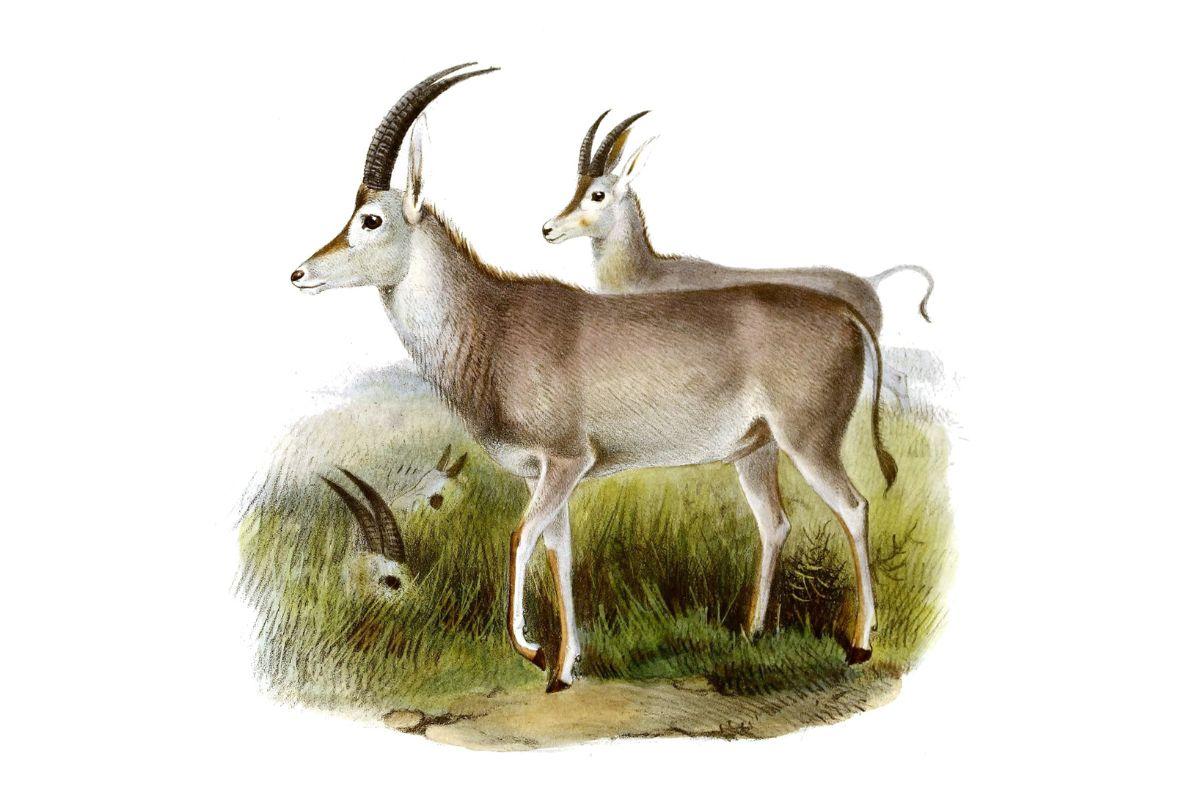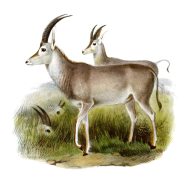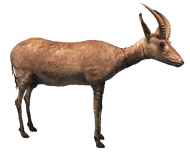An international team of scientists led by the University of Potsdam in collaboration with Colossal Biosciences has generated and analyzed the first high-coverage nuclear genome of the extinct blue antelope. The genomic data provides insights into the species' evolutionary history and extinction.
The blue antelope is the only large African mammal species to have become extinct in historical times. The results of this study published in Current Biology, show that the species was likely adapted to low population size but vulnerable to sudden impacts like hunting that intensified after European colonization of southern Africa.
Hippotragus leucophaeus was an African antelope with a bluish-grey pelt related to the living sable and roan antelope. The last blue antelope was shot around 1800, only 34 years after it was first described scientifically, making it the only large African mammal species to have become extinct in historical times.
Now, a team of scientists led by the University of Potsdam managed to retrieve a 40x high-coverage genome from a specimen from the Swedish Natural History Museum. This specimen is one of only five DNA-validated historical museum specimens of the blue antelope.
Low genomic diversity and population size are often considered detrimental because they can lead to a reduction in a species' fitness and adaptability. "However, the blue antelope had a low population size for many millennia before it went extinct around 1800," explains Prof. Michael Hofreiter from the University of Potsdam. "That no inbreeding was detected together with a low mutational load indicates an adaptation to a long-term low population size," adds Elisabeth Hempel who performed the research on the blue antelope in the course of her PhD thesis at the University of Potsdam and the Museum for Natural History in Berlin.
In addition, the long-term population size shows that the blue antelope was not affected by glacial cycles. This is unexpected for a large mammalian herbivore since these cycles should have resulted in changes in habitat availability. This finding suggests that current models of long-term ecosystem dynamics in the region may be in need of refinement.
Prof. Michael Westbury from Copenhagen's Globe Institute concludes that "Together, these results suggest that species are able to survive for a long time with low population size as long as they are not exposed to fast-acting disturbances". This suggests a central role of the sudden human impact during the European colonization of southern Africa in the 17th century in the species' extinction.
Finally, two candidate genes that are responsible for the eponymous blue pelt color of the blue antelope were identified in the genome using some of the latest computational analysis software.
"As part of Colossal's continued focus on ancient DNA, genotype to phenotype relationships, and ecosystem restoration, we were honored to collaborate on the groundbreaking work of Professor Hofreiter and his team. The research objectives for the project allowed our teams to work together applying some of the latest Colossal ancient DNA and comparative genomic algorithms to learn what truly made the blue antelope the unique species it was," said co-founder and CEO of Colossal Bioscience Ben Lamm
Publication: Hempel et al., 2023, Colonial driven extinction despite genomic adaptation to low population size in the blue antelope, Current Biology, DOI:


